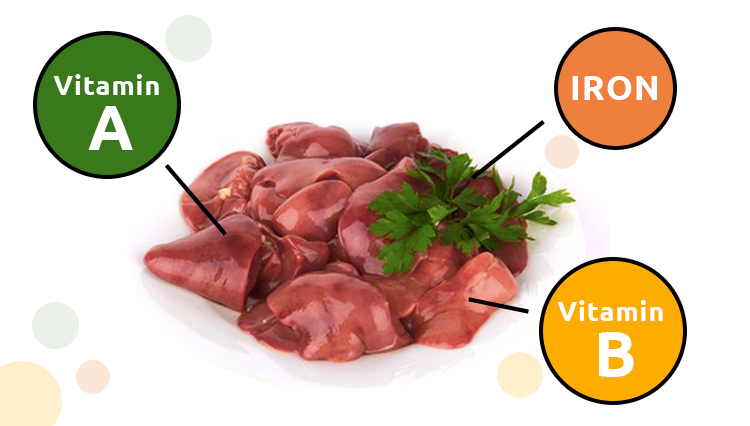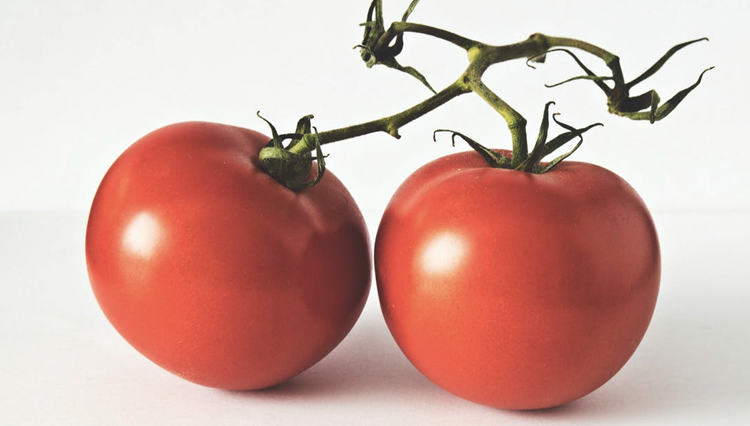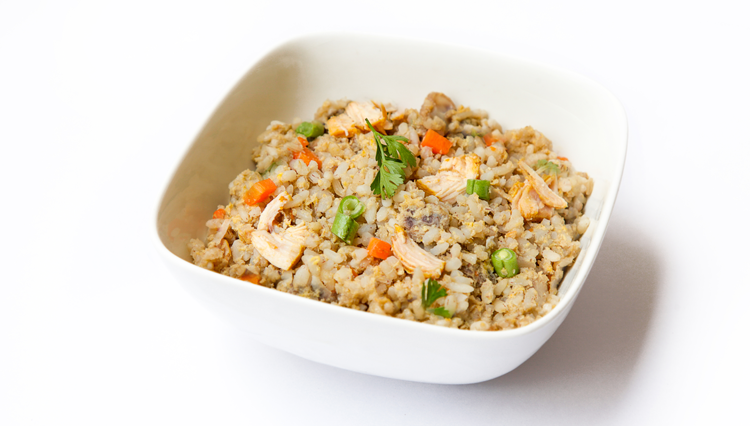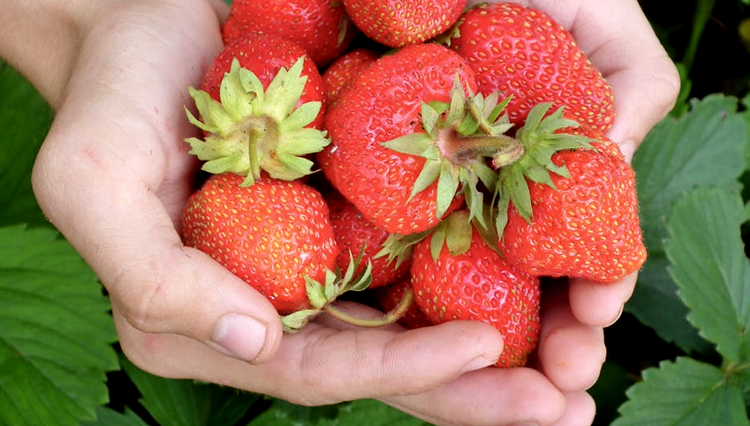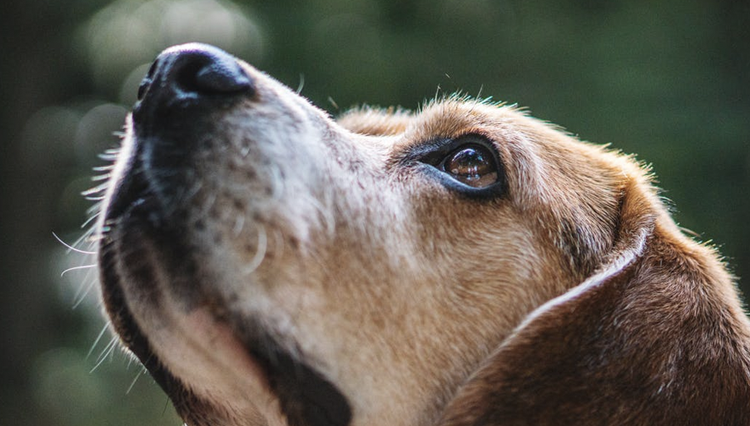Liver is one of the least liked organ meat among people. Luckily, the same cannot be said about our canine friends. Most dogs love this highly nutritious food. So, what makes liver an essential food for our furry buddies?
Did you know that liver contains 10 to 100 times the nutrients that are found in muscle meats? Liver has a high level of vitamin A and B, iron and trace minerals. It is also an excellent source of protein.
Ironically, eating liver actually benefits the liver. They improve vision and tonify blood. Blood deficiency and anaemia can be cured by consuming liver as a part of a daily diet.
One thing to watch out for when you feed liver regularly to your pet is that it is very rich and may cause diarrhea if they eat too much. You can start with half a tablespoon for a couple of days for a medium size breed and lookout for signs of loose stools. If they do show signs of loose tools decrease the frequency of feeding. It is always a good idea to consult with your vet before including liver as a part of your pet’s daily diet.
